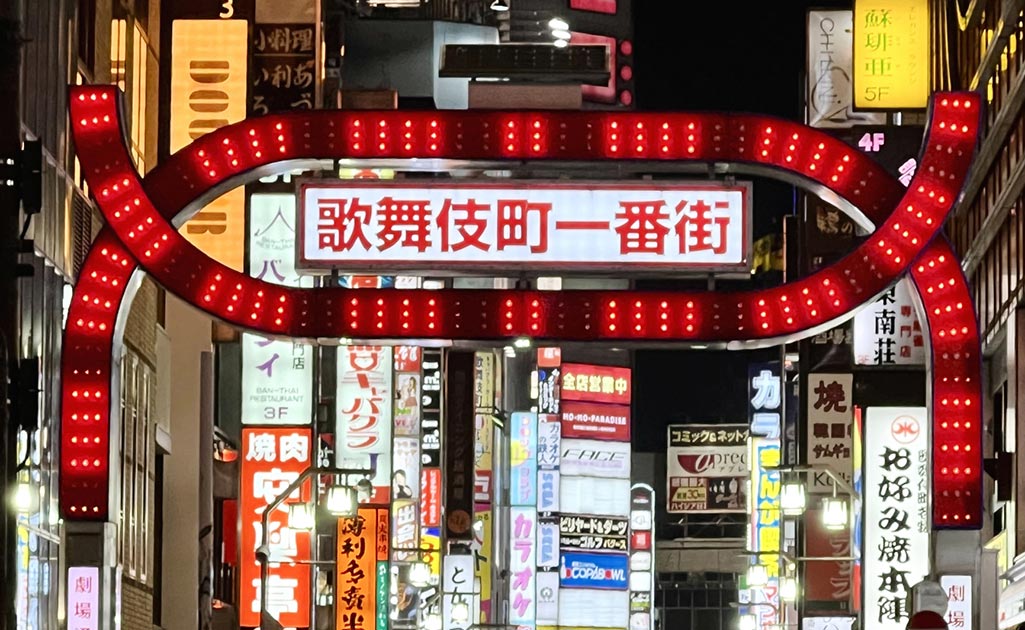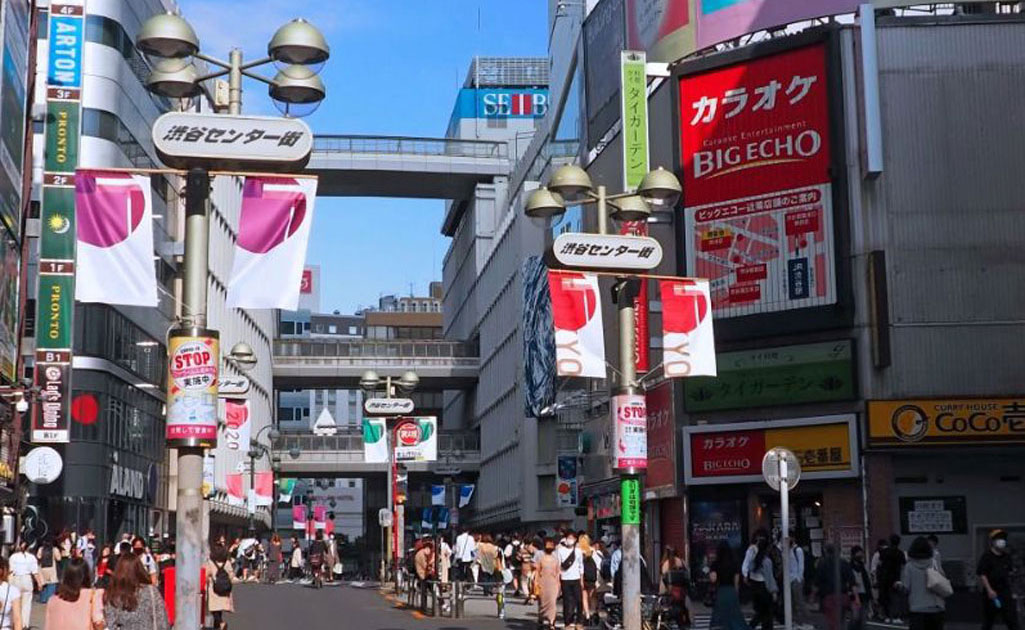When asked, "What’s the difference between a gyaruo and a host?" many people might struggle to answer.
This is understandable, as some hosts style their hair like gyaruo, while some gyaruo adopt fashion similar to hosts.
As a result, the appearances of gyaruo and hosts often seem quite similar.
Let’s dive into the key differences between them!
Differences in Fashion Direction
- For gyaruo, fashion is a means of self-expression.
- For hosts, fashion adapts to trends and meets the needs of the times.
Gyaruo
Gyaruo are characterized by features like dyed hair in shades of brown or blonde, highlights, voluminous hairstyles, and bold outfits.
For example, American casual, surf style, Shibuya style, center guy, and onii-kei (older brother style)..
Gyaruo typically have a strong preference for flashy styles and standing out, which aligns with their love for fashion and their meticulous attention to detail.
They enjoy sticking to their favorite styles or boldly experimenting with unique looks no one else dares to try.
By wearing the clothes they love and standing out, they might be fulfilling their own sense of self-satisfaction.
For gyaruo, fashion and hairstyles are tools to express individuality.
Over time, this passion for personal style has led to the establishment of a distinct "gyaruo fashion = gyaruo culture."
Hosts
On the other hand, it’s natural for hosts to aspire to become popular or aim for the number one spot.
To achieve this, they must appeal to women’s tastes.
In addition to refining their conversational skills, they must also pursue appearances that women find attractive!
The history of the host industry reveals how they’ve evolved their styles to align with the times.
◆The Evolution of Host Fashion◆
1965: When host clubs first emerged, they were modeled as social dance venues for women.
Formal styles were the norm, featuring slicked-back hair and tailored suits, which appealed to women at the time.
1990s: Influenced by celebrities like Yosuke Eguchi and Takuya Kimura, the long-hair trend became popular.
This era coincided with the rise of gyaruo.
Hosts adopted long hairstyles paired with suits, marking the beginning of the resemblance between gyaruo and hosts.
1999: The launch of the men's fashion magazine men’s egg brought long hairstyles and sujimori () (strand-styled hair) into the mainstream.
Hosts quickly embraced sujimori to stay on-trend.
2003: The magazine MEN’S KNUCKLE featured active hosts as models, further blurring the visual distinction between gyaruo and hosts.
.Sujimori refers to a hairstyle created by shaping small hair strands with spray wax, resulting in a textured, voluminous look. This popular style is vibrant and eye-catching, particularly among cabaret girls and hosts.
Why did hosts begin to resemble gyaruo so closely?
The simple answer is that they incorporated contemporary fashion trends.
To climb the ranks as a host, they must win women’s admiration.
Thus, hosts have always adapted to what women find "cool" or "stylish," aligning their appearance with societal expectations.
Differences in Communication Styles
- For gyaruo, communication is about expanding social circles.
- For hosts, it’s about entertaining people based on contemporary needs.
Gyaruo
Gyaruo, with their flashy appearances, are often perceived as superficial.
However, their bright and friendly personalities are one of their best traits.
They are casual and approachable, often forming quick connections even with strangers.
Surprisingly, many gyaruo are considerate and have friends of all ages.
Although they are often associated with activities like flirting, their affable nature helps them easily build friendships, including with women.
This results in wide social networks, a hallmark of gyaruo.
However, their casual demeanor sometimes leads to speaking informally, even with seniors, which can occasionally cause friction in social settings.
Hosts
The host’s primary role is to converse with women and ensure they have a good time.
Exceptional communication skills are crucial in the service industry.
Hosts excel at giving compliments and keeping conversations engaging.
Since they interact with women from various age groups, they must be adaptable in their choice of words.
This adaptability reflects their quick thinking and attentiveness.
To aim for the top, hosts must put in significant effort, demonstrating their drive and work ethic.
Moreover, the host industry enforces strict rules and etiquette, including punctuality and respect for hierarchy.
Without a sense of professionalism, it would be challenging to sustain a career in this demanding field.
Conclusion
Hosts began adopting gyaruo-style looks during the height of the gyaruo boom.
In the 2000s, sujimori hairstyles and dyed hair in shades of brown or blonde became staples for hosts.
However, a glance at today’s Kabukicho host rankings reveals that gyaruo-like hosts have largely disappeared.
Most top-ranking hosts now exude a balance of charm and elegance, reflecting a shift toward more androgynous aesthetics.
This change may stem from influences such as the popularity of K-POP and the increasing spotlight on concepts like genderless fashion.
In summary, gyaruo built their unique culture by staying true to themselves and defying societal trends.
On the other hand, hosts have continuously evolved their fashion and hairstyles to match the times, ensuring their enduring appeal.
While the gyaruo boom has faded, and their iconic flamboyance is rarely seen today, hosts continue to thrive by adapting to the ever-changing demands of society.

